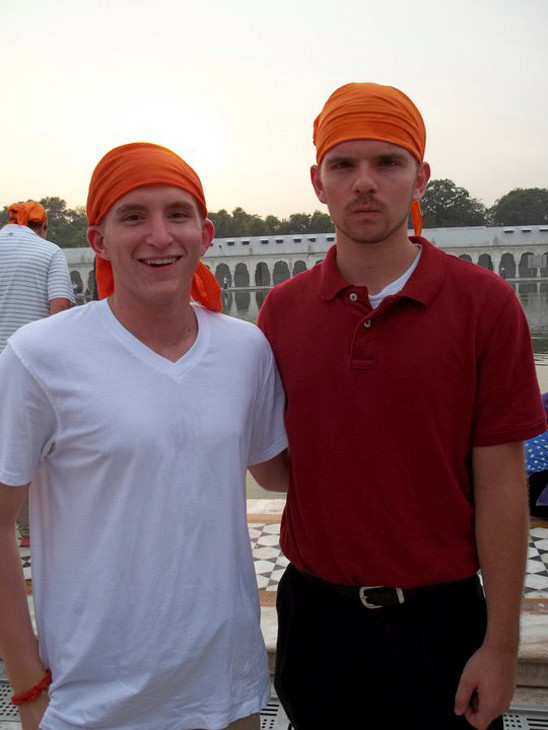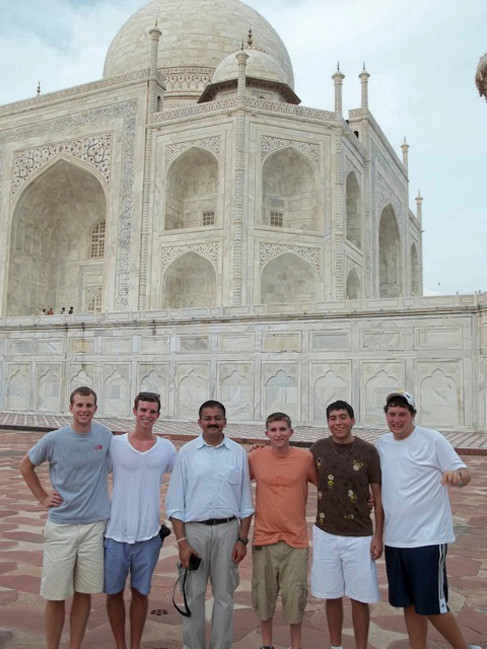Passage to India
East Rockaway resident among college students in unique program
Eli Wolfsohn, Lynbrook High School Class of 2010 graduate and East Rockaway resident, was part of a unique program in India this summer.
Through the Kelley School of Business of Indiana University, Eli traveled with 25 other Kelley students and professors to India’s commercial centers, in the program “Emerging Markets: Business in the Flat World.” The term “flat world,” coined by the bestselling author Thomas Friedman, refers in part to the convergence of technology and events that has allowed India, China, and so many other emerging countries to become part of the global supply chain for services and manufacturing.
Some of the many corporations the group visited were Suzuki, Honda, Nike, PayPal, Target, Infosys, and 24/7 call center, as well as schools and orphanages in the cities of Mysore, New Delhi and Bangalore.
In addition to the commercial centers, the students visited important cultural sites. The first stop for the group was the Gandhi Memorial House, the place where Gandhi lived and was ultimately assassinated. The most memorable sight there was a small bookcase, which held all of Gandhi’s worldly possessions.
Next, they visited the Suzuki automobile manufacturing plant, where they joined the workers on the assembly line and observed their precision, timing, and efficiency. They noted the absence of women and were told that women in India do not want such jobs.
The Taj Mahal was a big hit with the American students. They learned that the white marble treasure was built over a 20-year period, for the wife of a king, who died in childbirth. The entire building was perfectly square, with her coffin placed in the center. When the king wanted to build an exact replica in black for himself, his son had him arrested. He was imprisoned and upon his death, was placed next to his wife, becoming the only non-centered part of the building. The students were in awe of the building’s intricate majesty and took many pictures. Initially, they were unaware that the sight of Americans, especially those with fair skin and light hair, equally awed the Indian citizens, who clamored to take photos of them.

 70.0°,
A Few Clouds
70.0°,
A Few Clouds 









